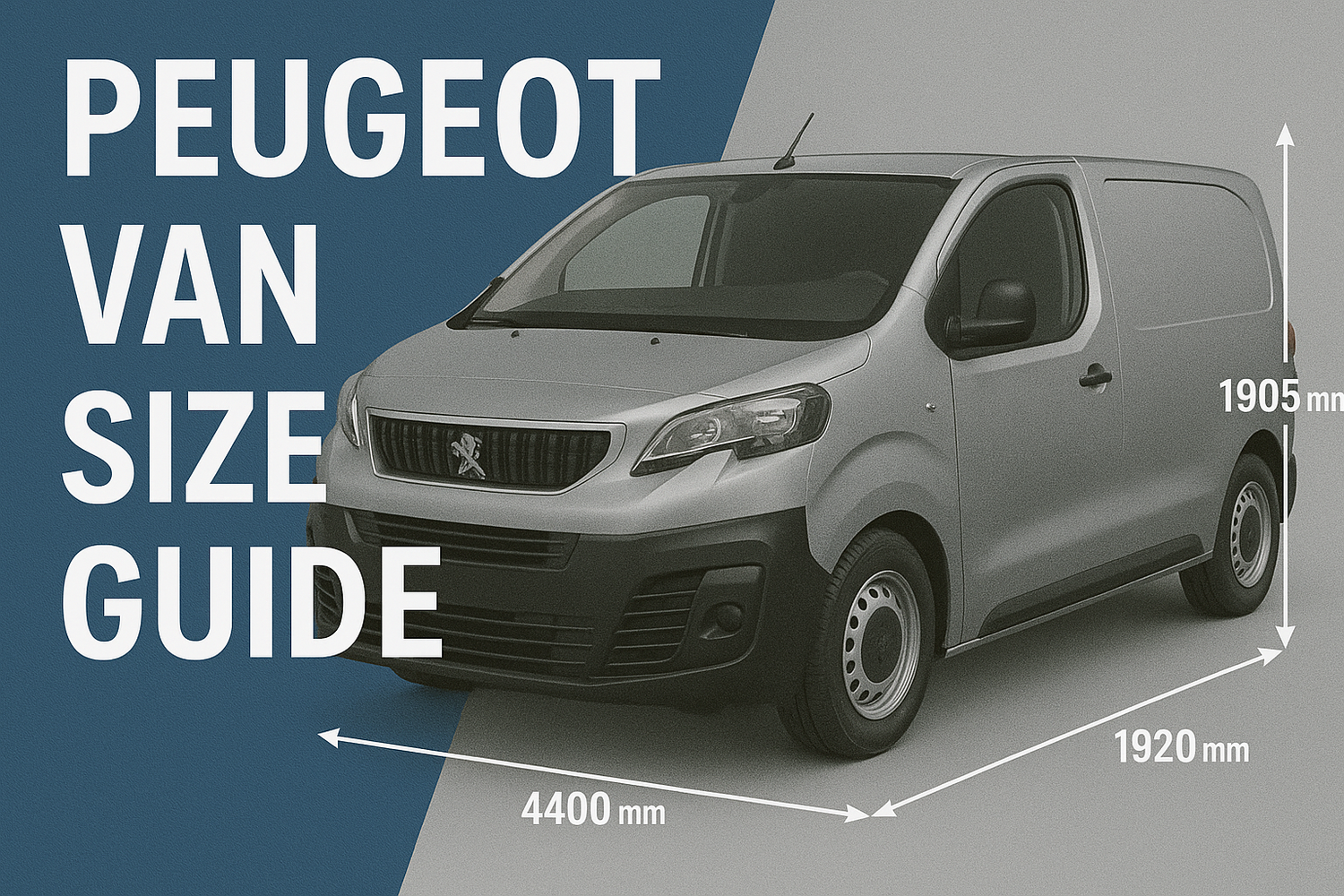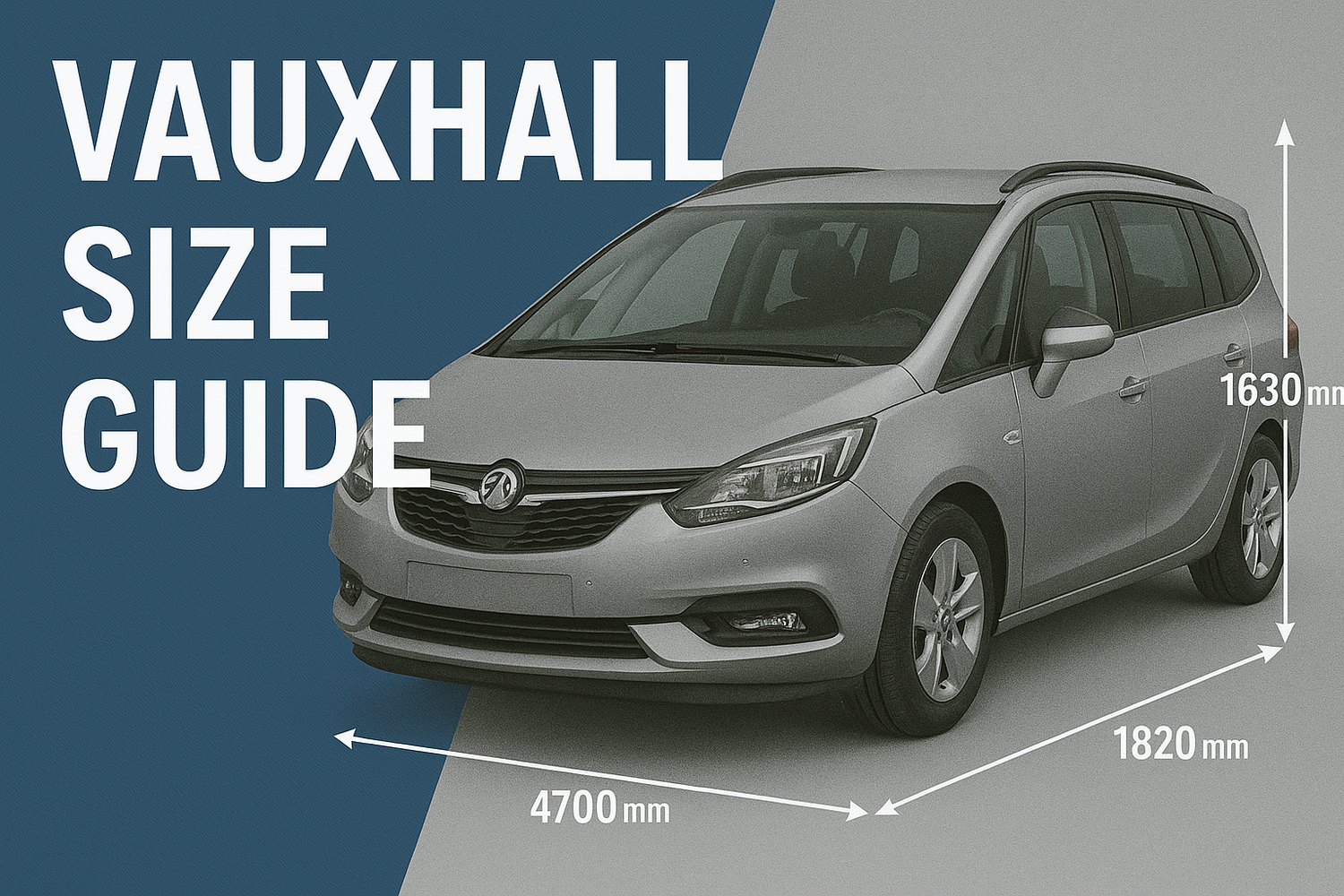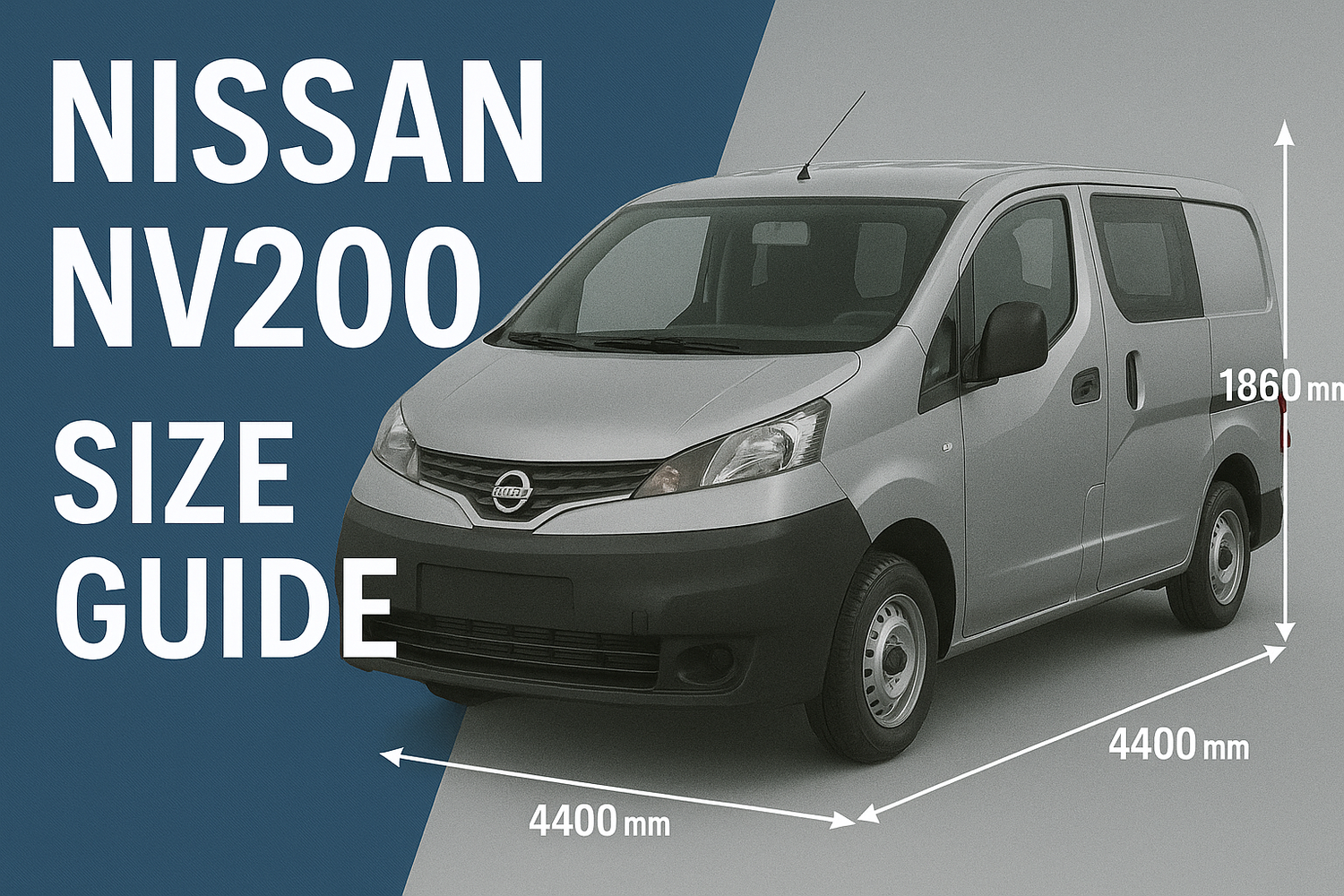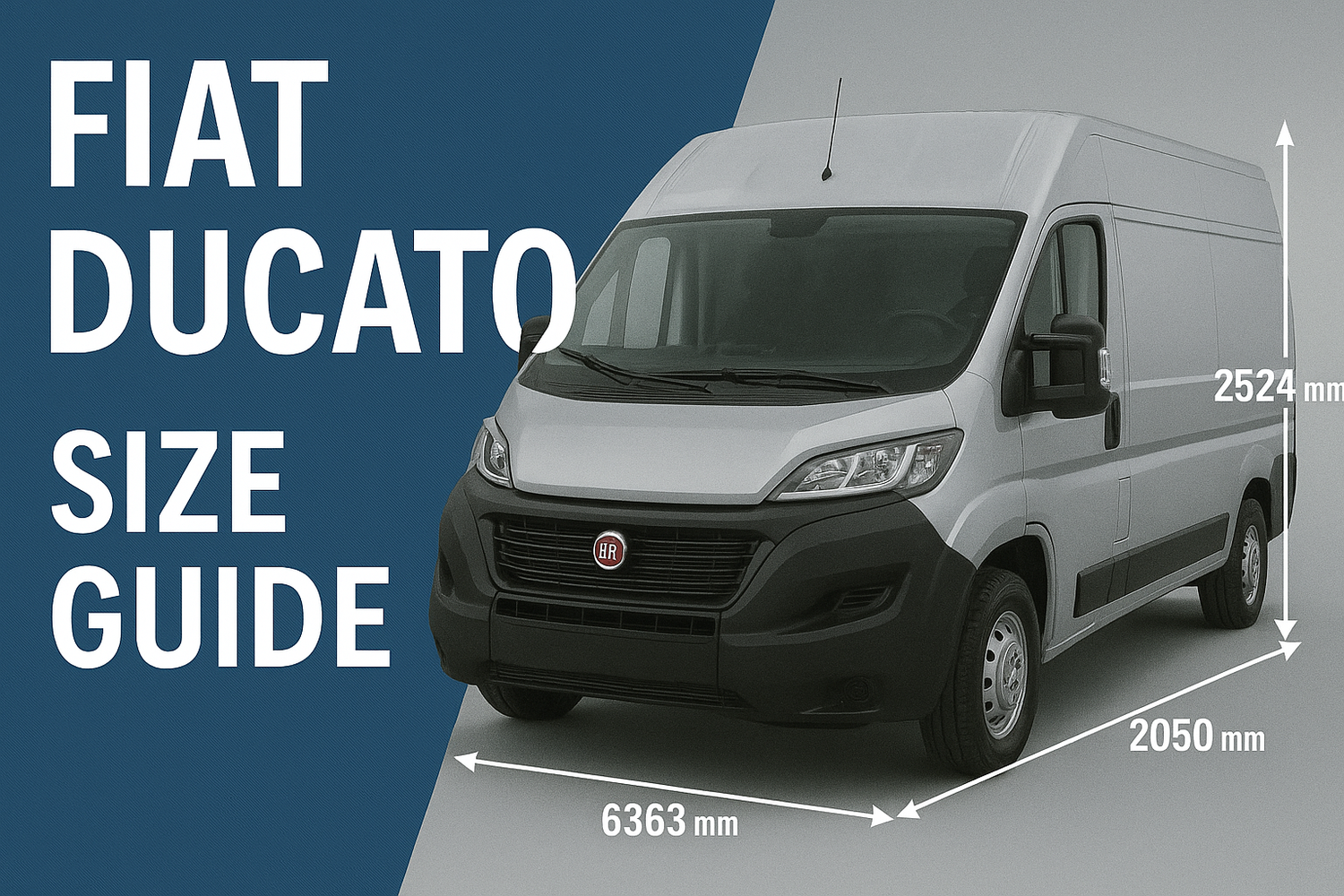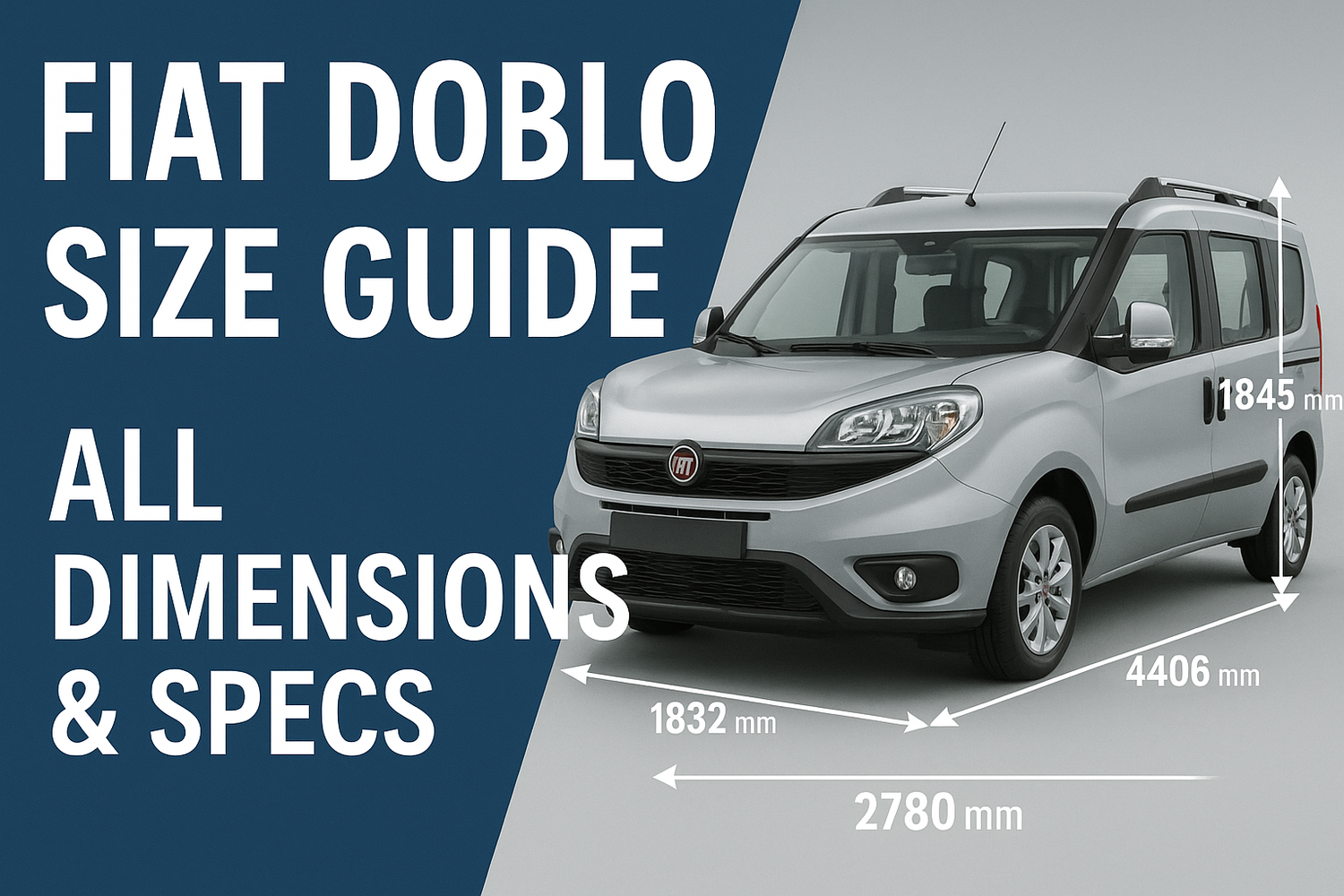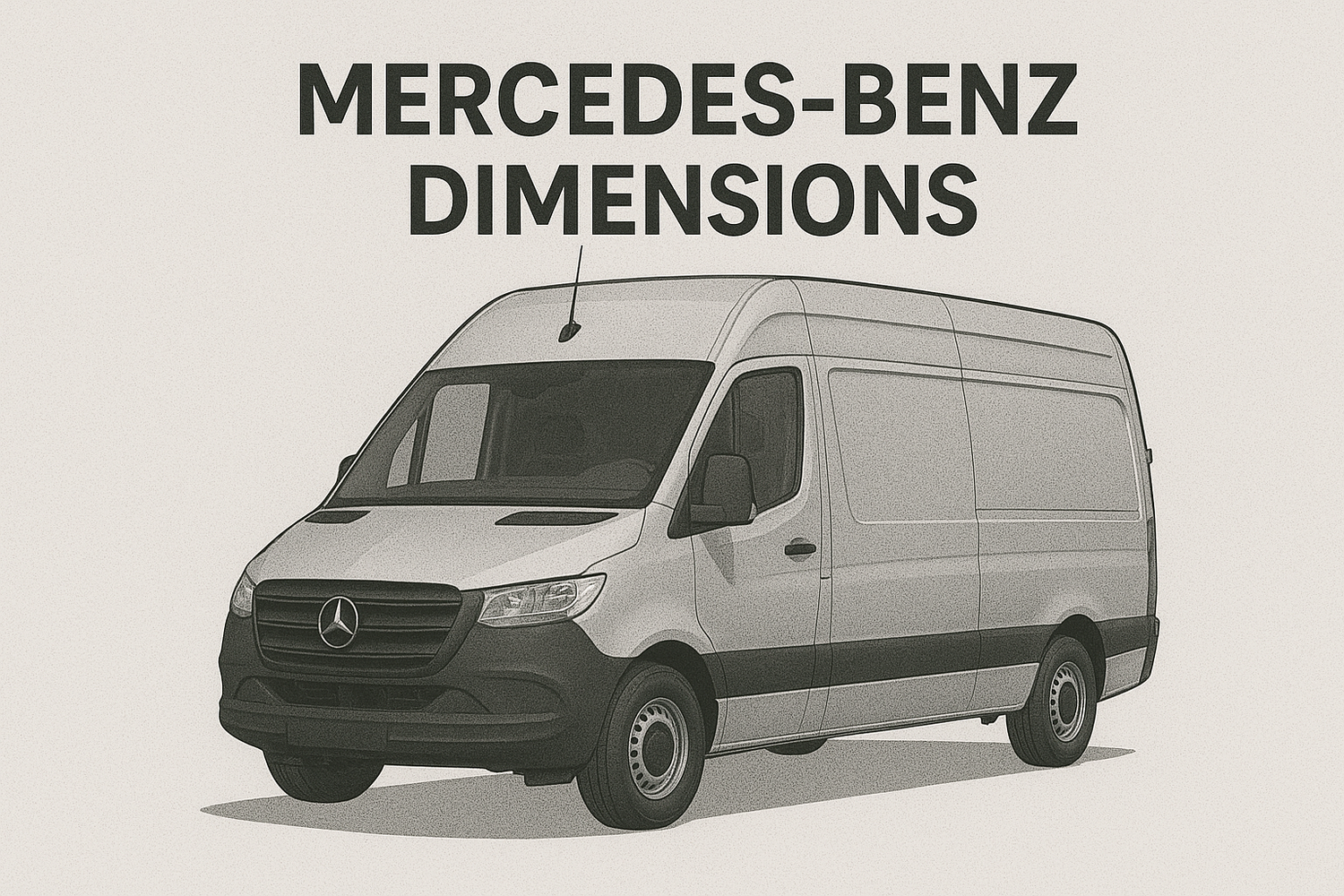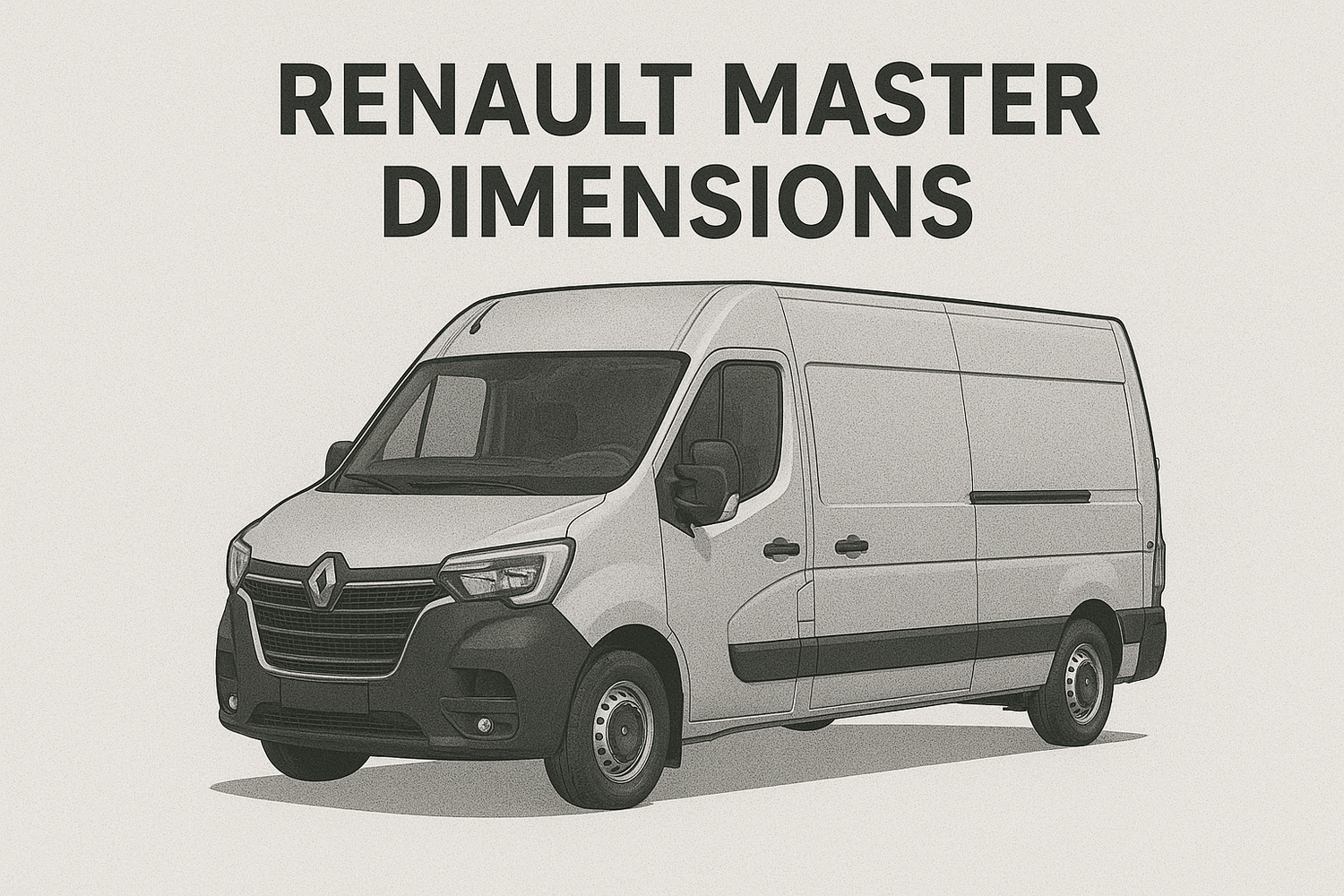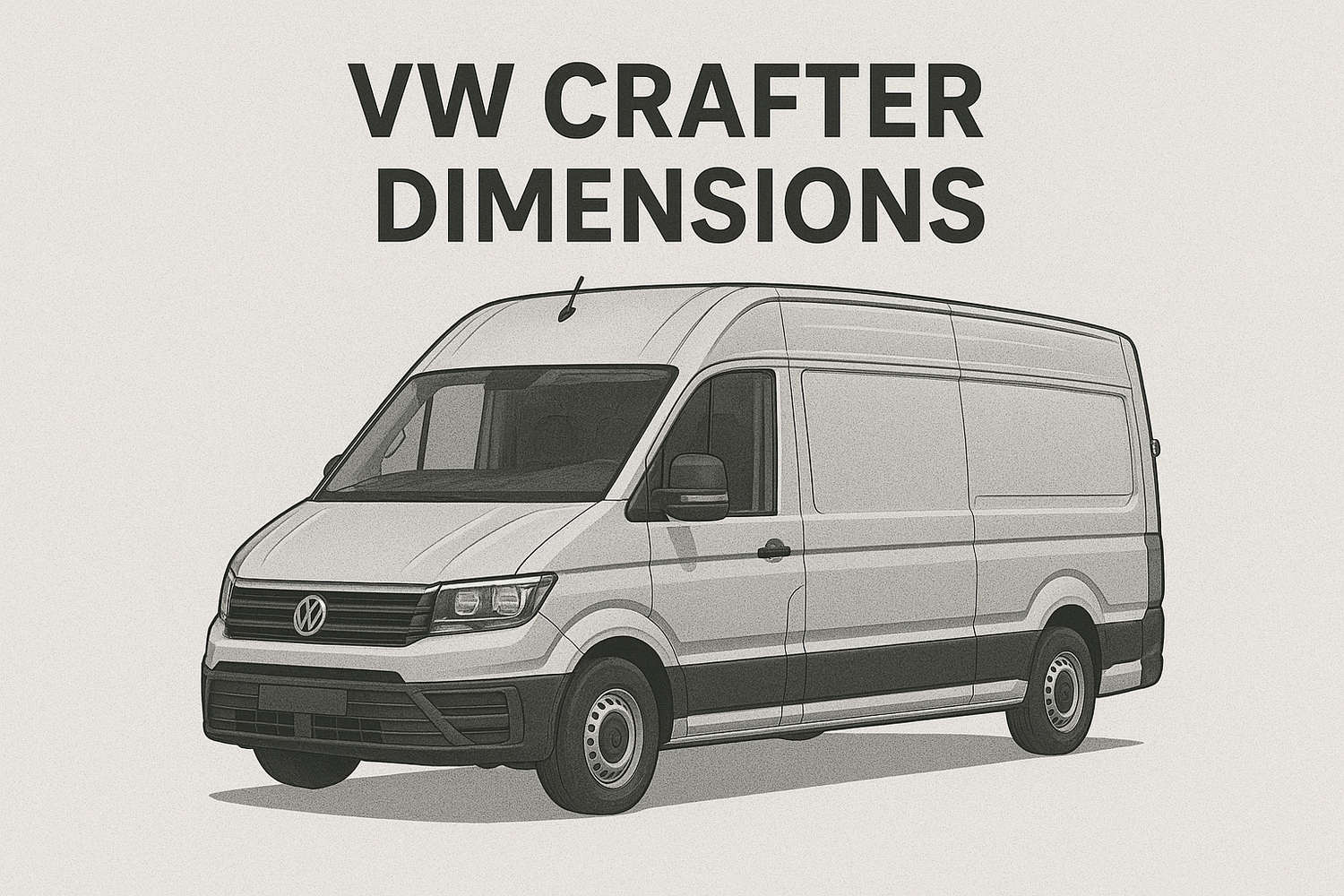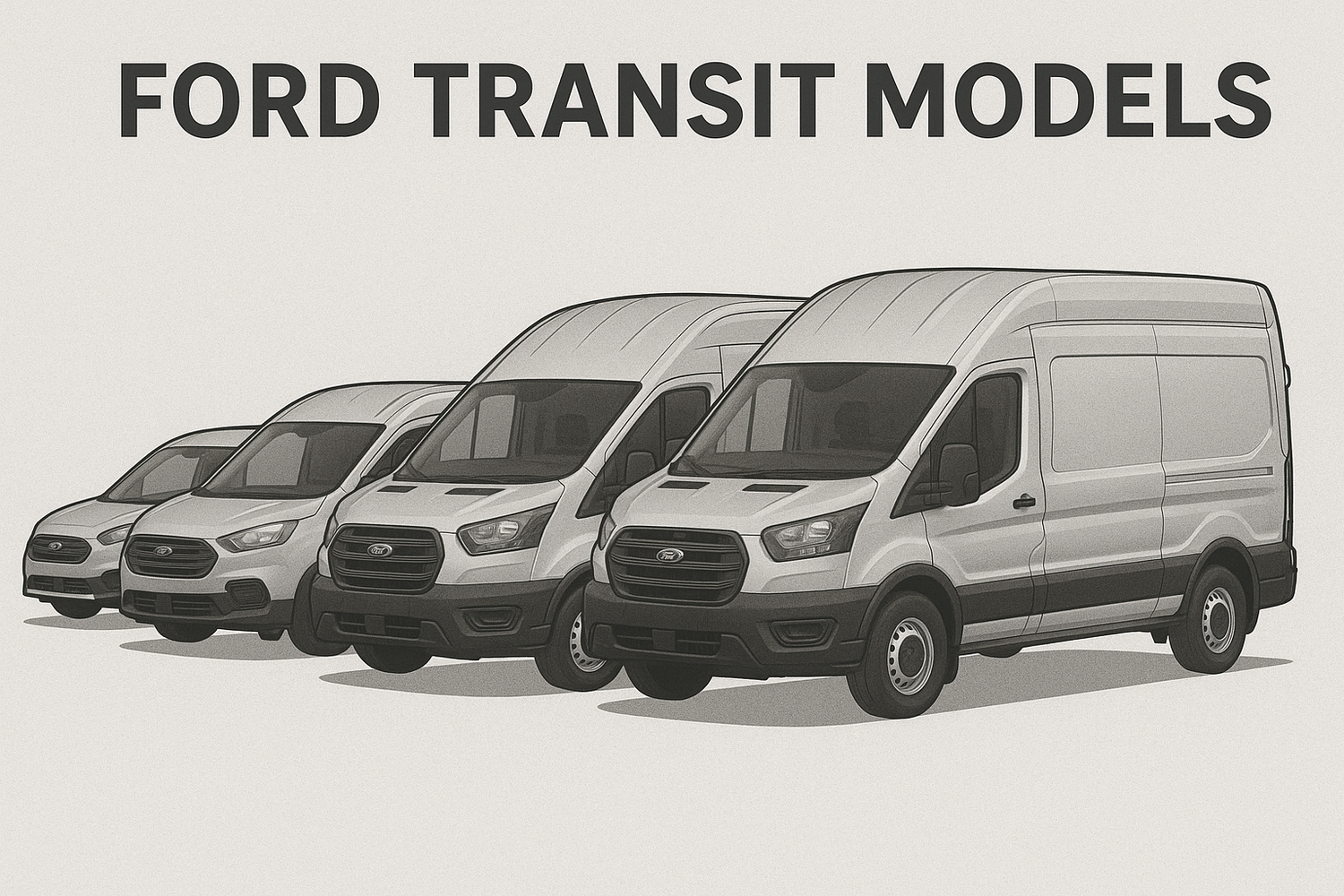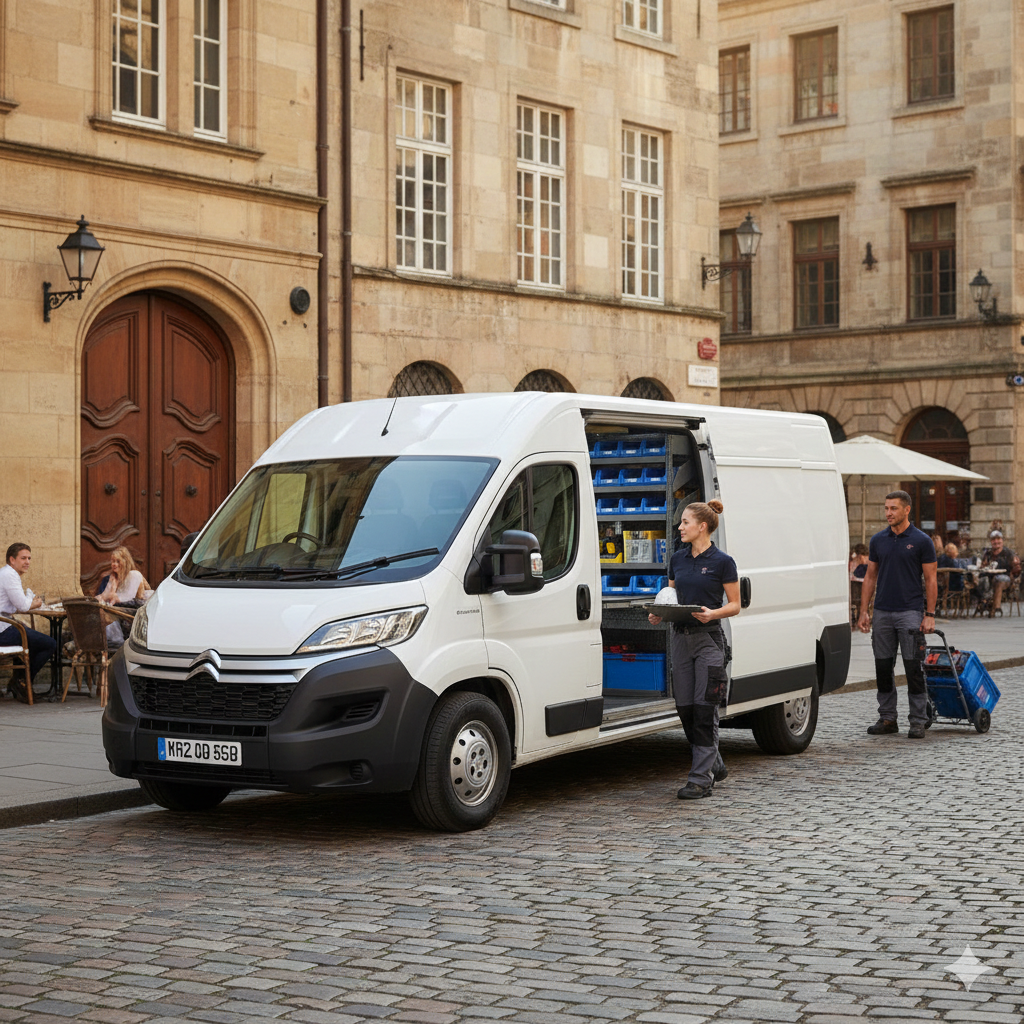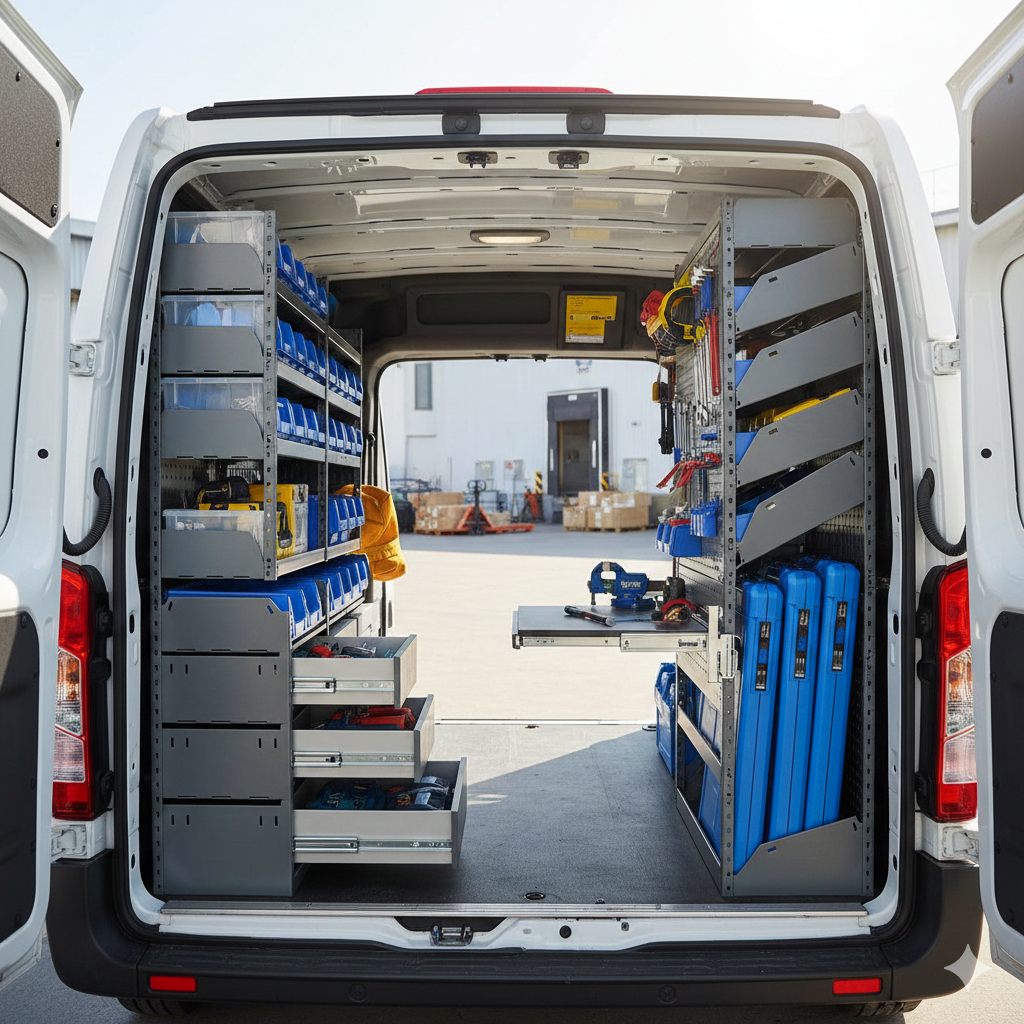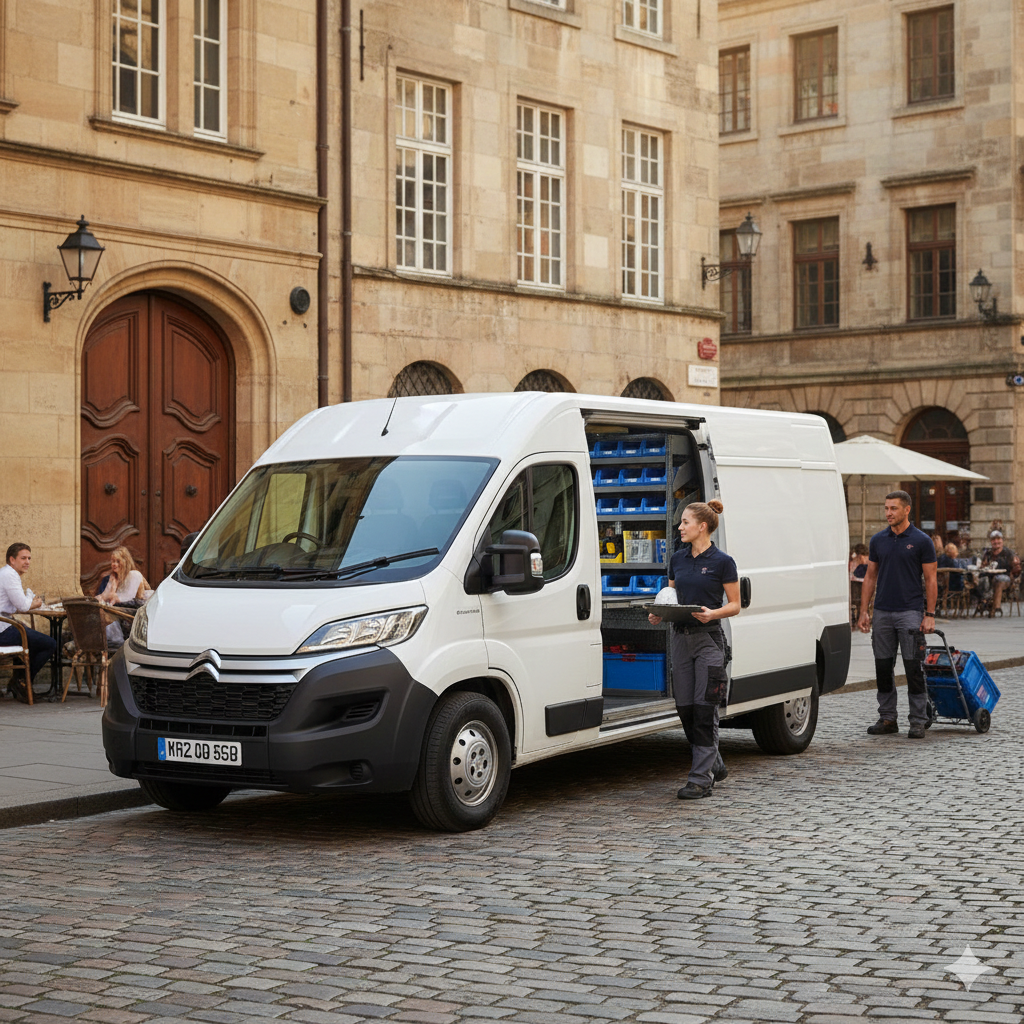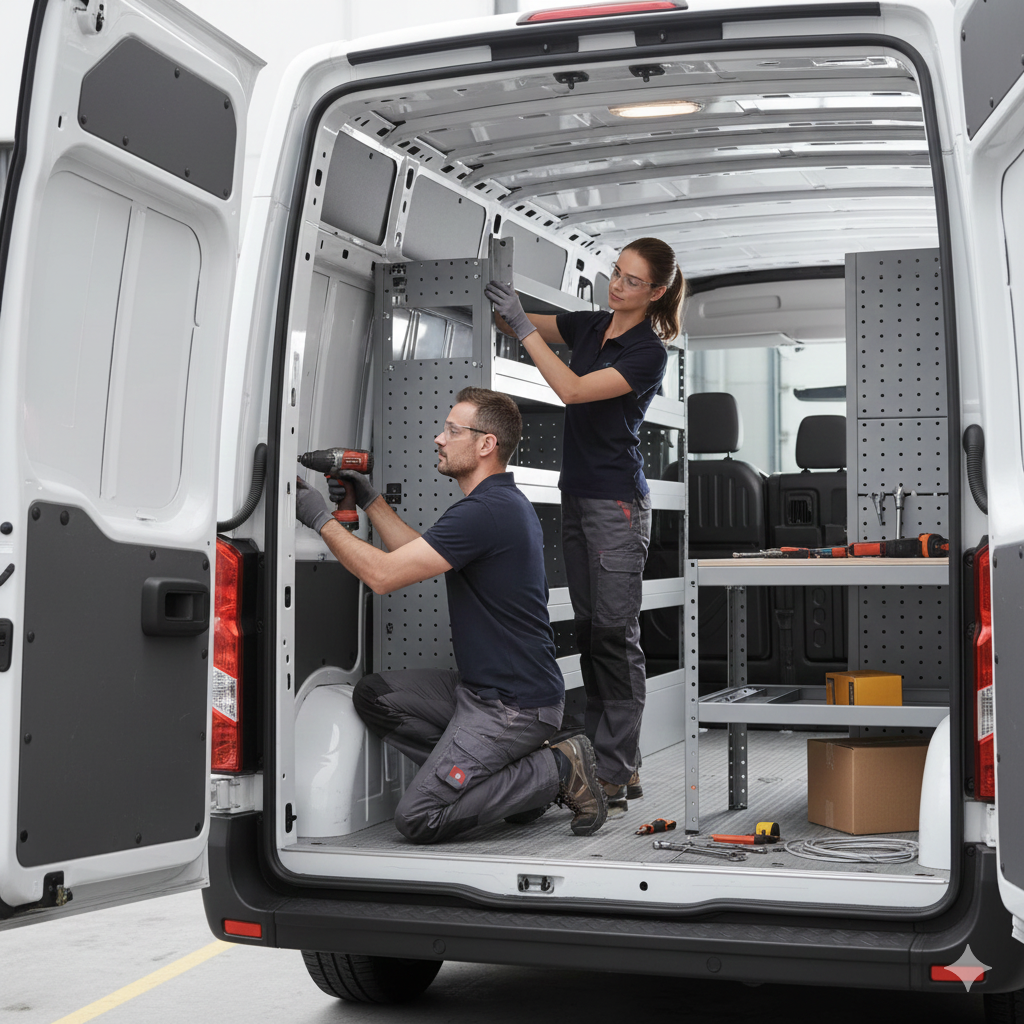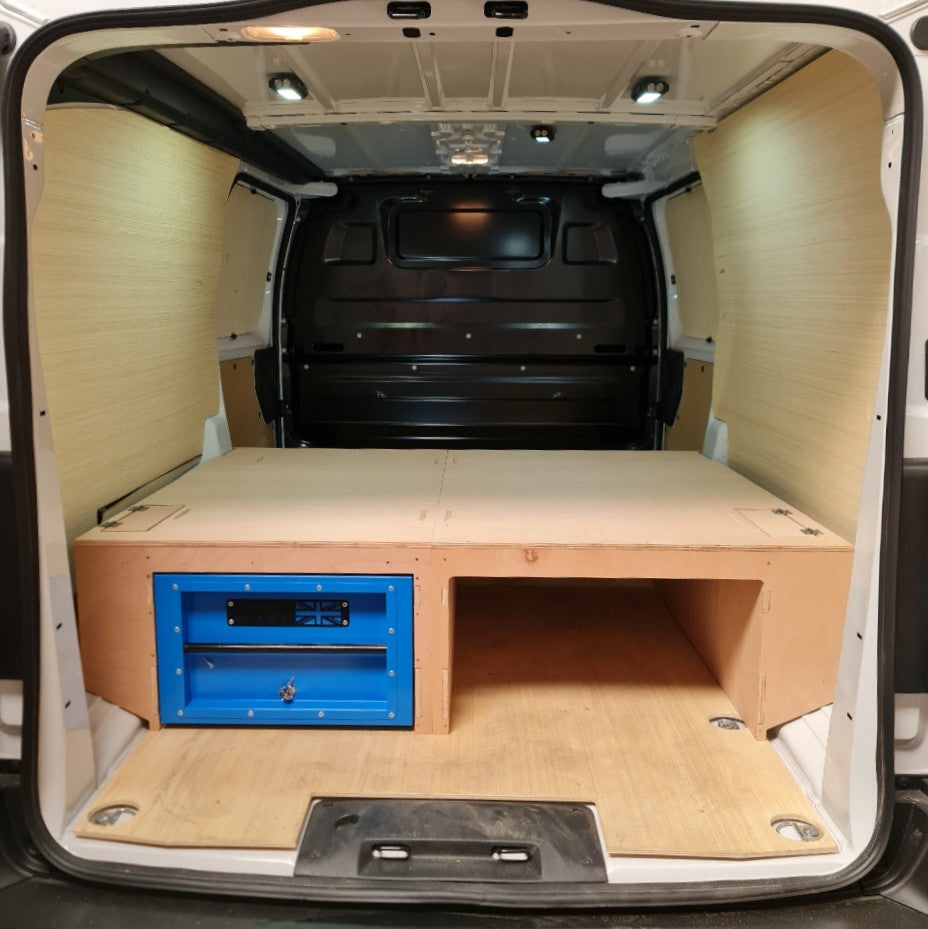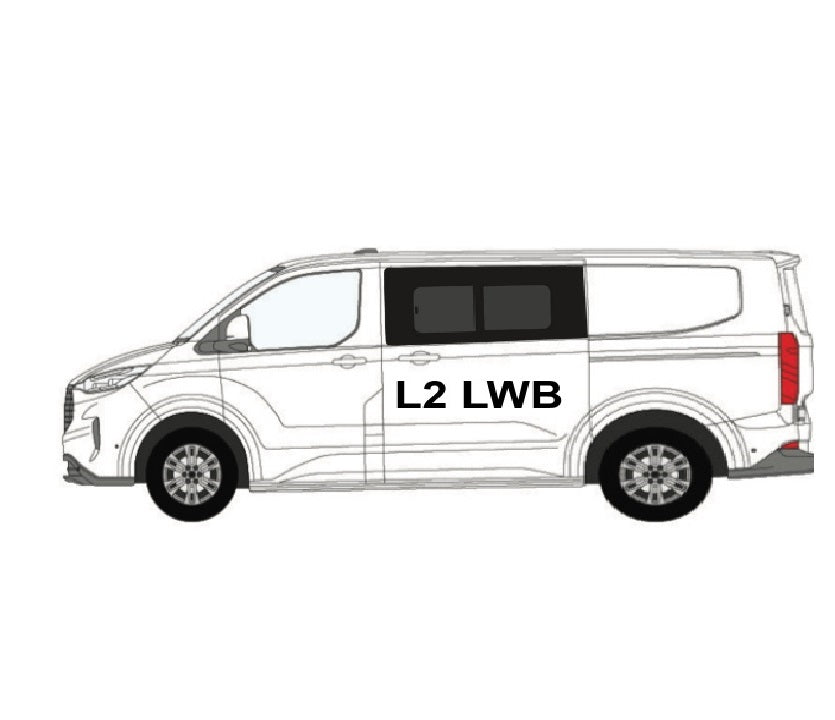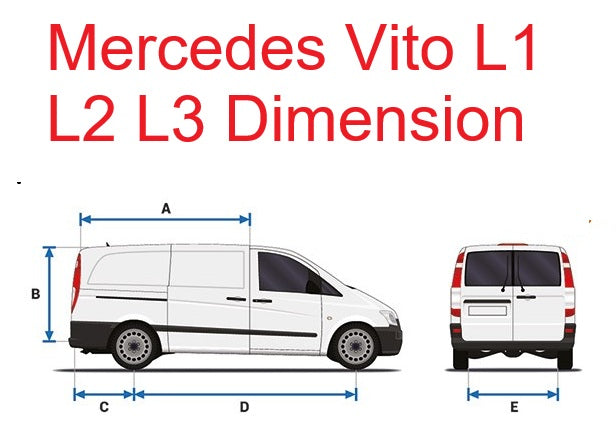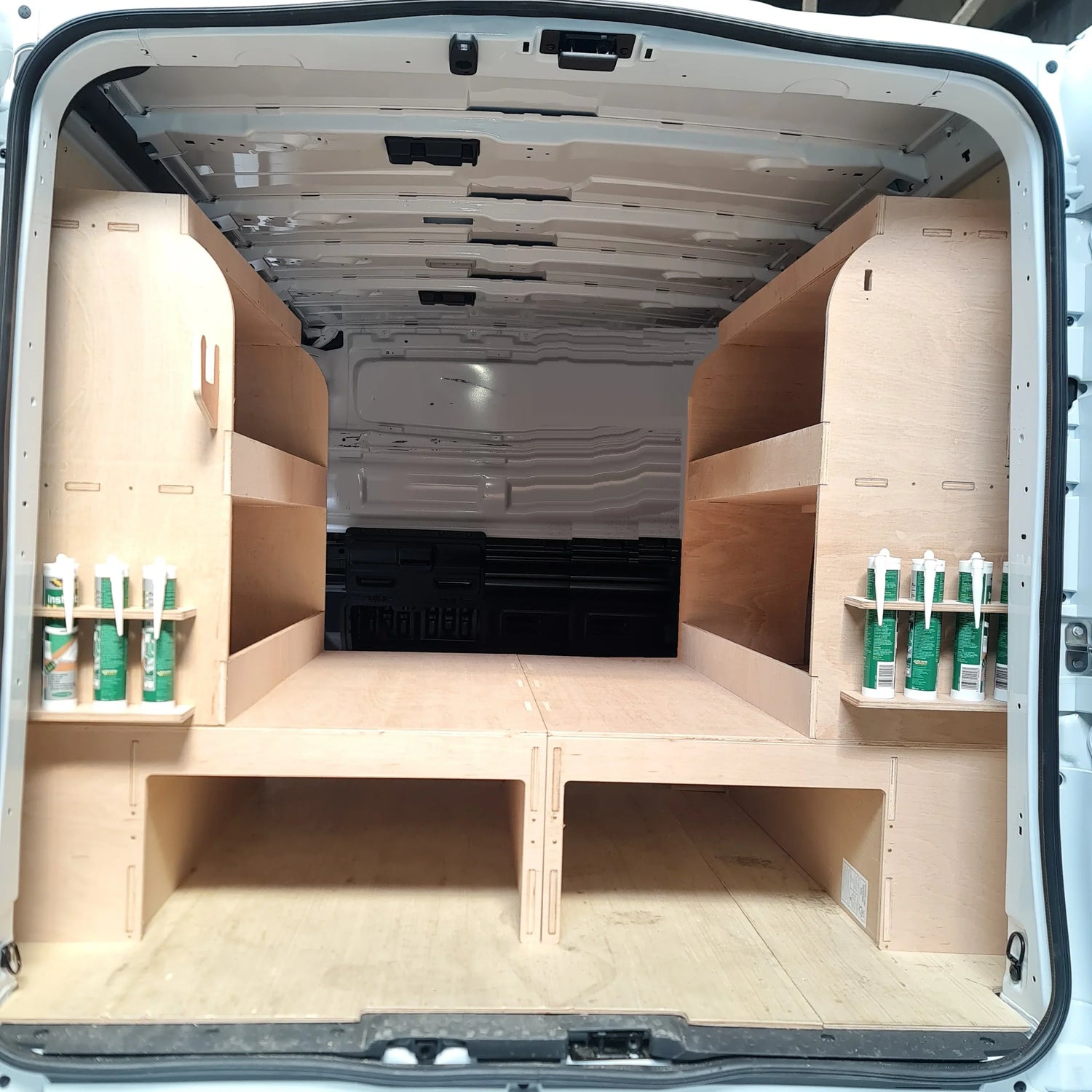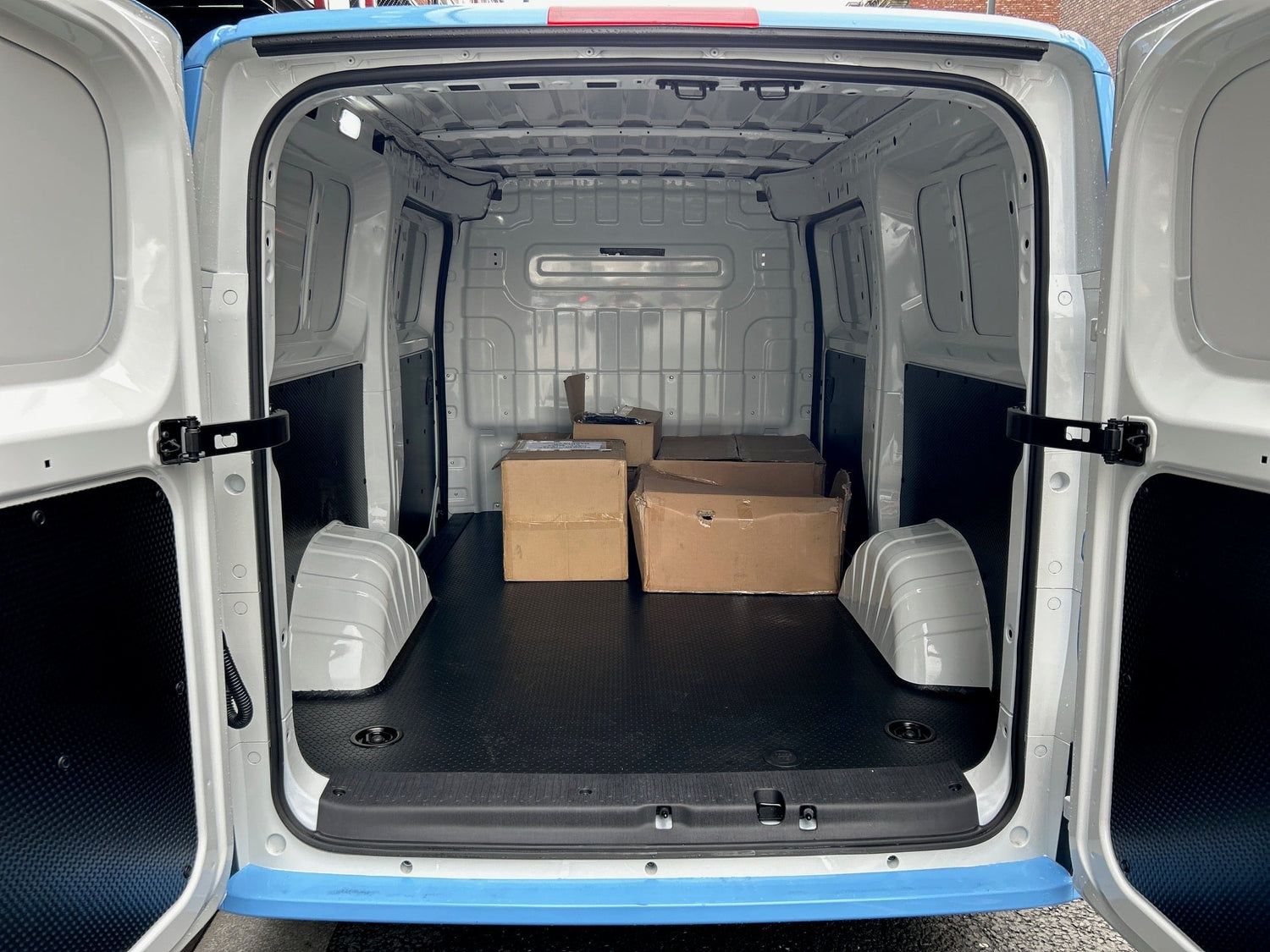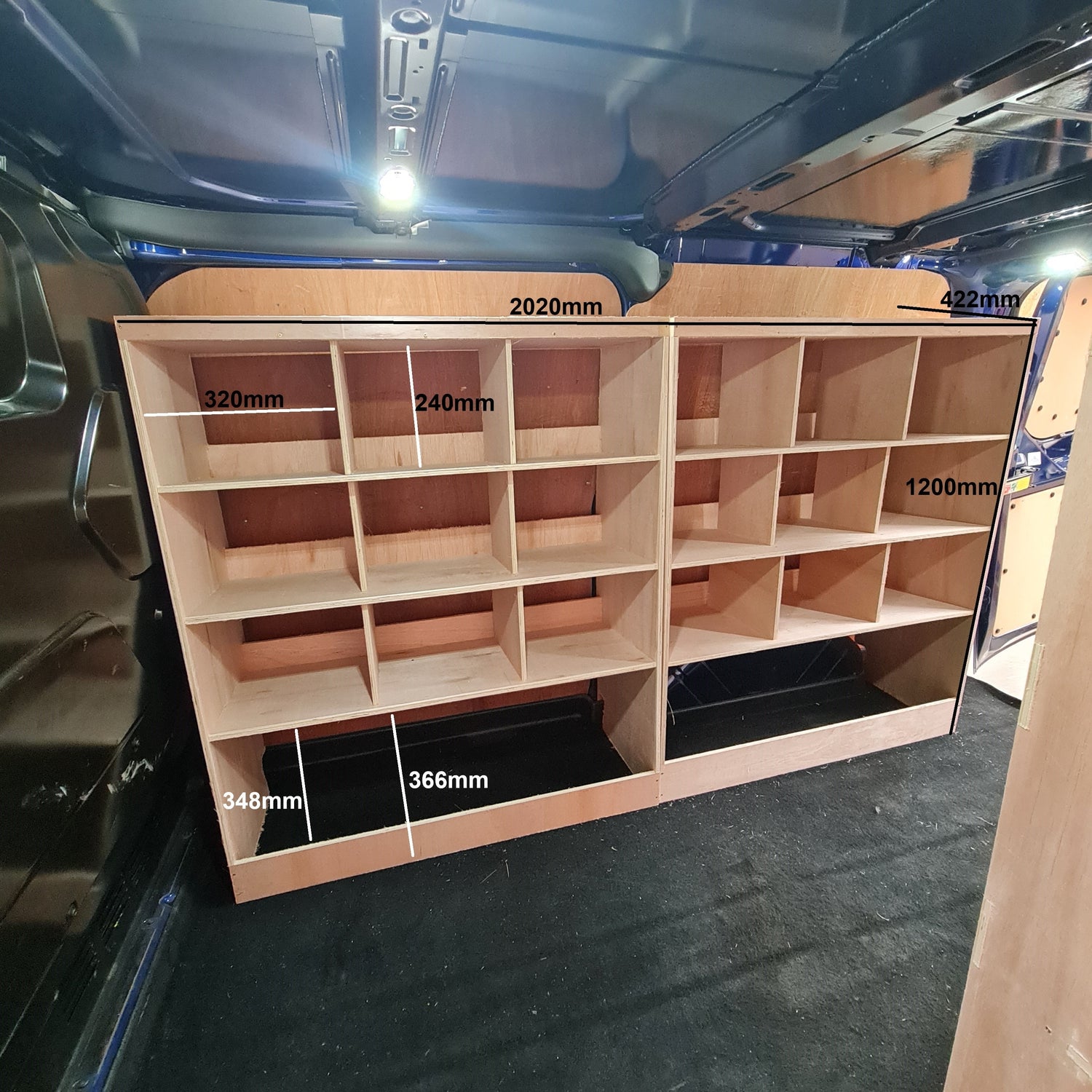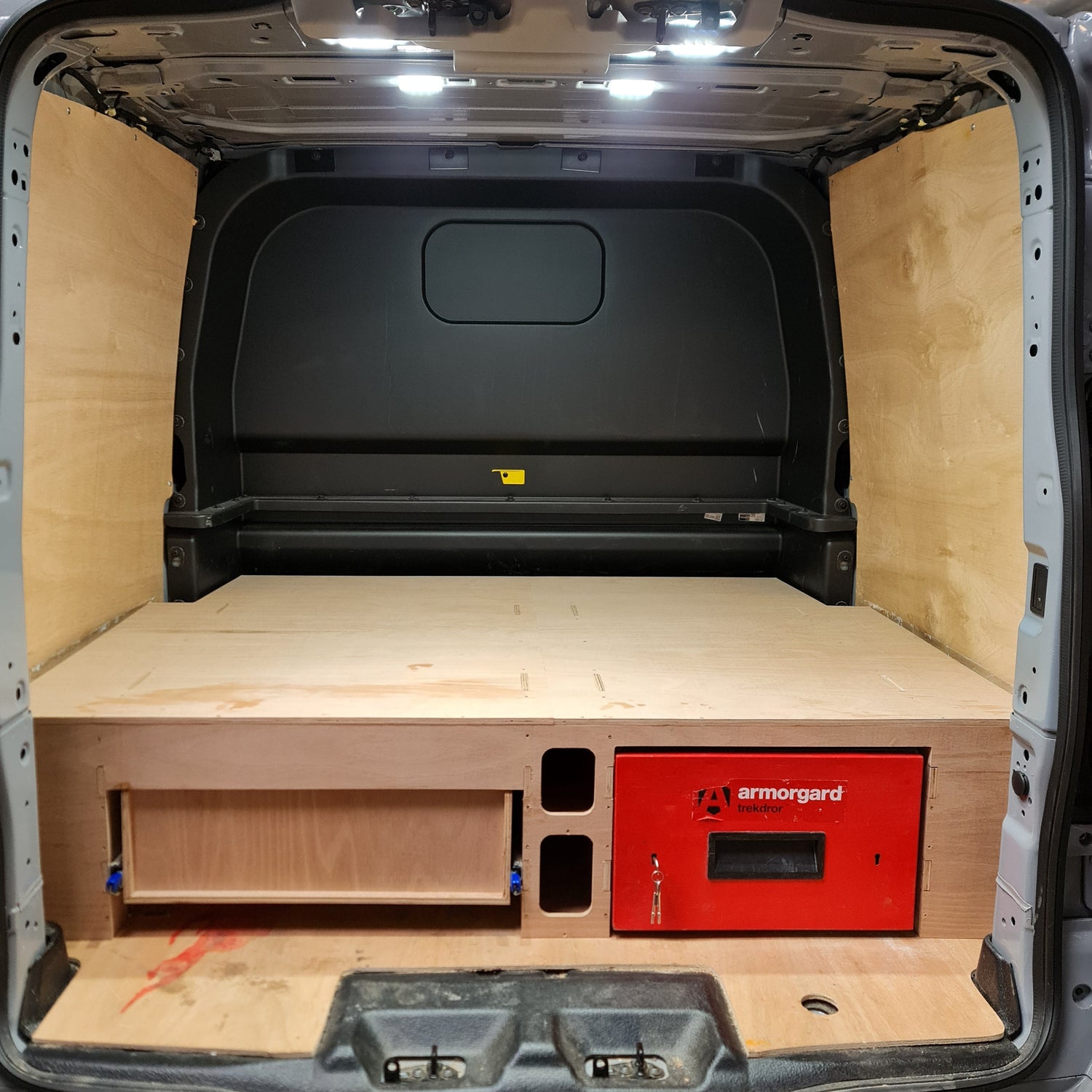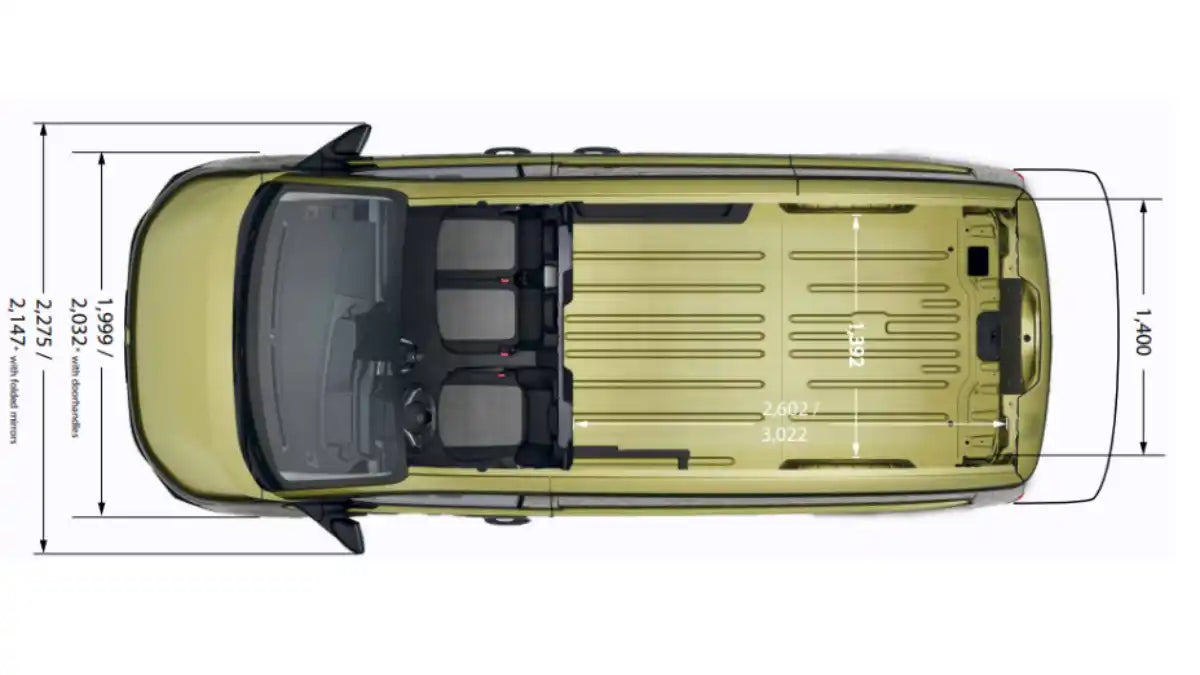Van racking, an essential aspect of optimizing storage within vehicles, demands careful consideration of materials involved. Among the diverse options available, plywood thickness is a critical factor influencing the durability, safety, and customization of racking systems.
This article delves into the core components of van racking, emphasizing the role of plywood thickness and its relationships with other materials like aluminum and steel. We'll also explore the durability, weight savings, and maintenance aspects, offering a comprehensive perspective on making informed decisions for your van racking needs.
Table of Contents:
-
Plywood Thickness for Van Racking: An Overview
-
Durability and Thickness: Understanding the Connection
-
Comparing Materials: Plywood vs. Aluminum and Steel
-
Customization and Safety in Van Racking
-
Maintenance of Van Racking Materials
-
Choosing the Right Thickness: Practical Considerations
Plywood Thickness for Van Racking: An Overview
Van racking is a dynamic system integral to the organization and utility of one's vehicle space, especially for tradespeople and enthusiasts keen on maximizing every inch. At its heart lies the choice of materials, among which plywood often stands out for its versatility and cost-effectiveness. The main question drivers face is, "What is the ideal plywood thickness for van racking?"
Central to the discussion is the interplay between plywood thickness, durability, and weight savings. Plywood ranges typically from 6-12 mm, each with its implications for structural integrity and vehicle load. Thinner plywood, around 2-3 mm, might suffice for surface lining but often lacks the robustness required for structural racks. This section navigates through why these thicknesses matter and the trade-offs involved when selecting the most fitting plywood for your vehicle.
Durability and Thickness: Understanding the Connection
The durability of van racking is profoundly tied to the thickness of the plywood used. Thicker plywood, such as 9 mm, provides enhanced resistance against wear and tear, as well as superior load-bearing capabilities. This allows the racking structure to endure substantial impacts, a common occurrence in service vehicles. Meanwhile, thinner variants might be more susceptible to warping or damage over time, especially if exposed to moisture or heavy-duty usage.
Attributes of Durability: Why Thicker Is Often Better
Plywood that withstands harsh conditions ensures longevity, an attribute highly regarded in van racking. Thickness contributes significantly to this attribute. For instance, 12 mm plywood is recommended for vans frequently exposed to rugged conditions or heavy tools due to its superior durability over thinner options. According to the Ultimate Handyman Forum, although 2-3 mm plywood is often considered adequate for simple lining, thicker options offer better protection against frequent impacts and humidity .
Comparing Materials: Plywood vs. Aluminum and Steel
While plywood is common, other materials like aluminum and steel present their distinct advantages, especially when it comes to weight savings and structural integrity.
Material Weight and Efficiency: The Role of Aluminum and Steel
Aluminum and steel racking, though costlier, provide significant weight savings compared to plywood. They are lighter, which enhances vehicle fuel efficiency and reduces wear and tear from overloading. Moreover, their modular design allows for straightforward installation and reconfiguration within the vehicle, making them attractive alternatives for those looking to customize their storage extensively .
Customization and Safety in Van Racking
The flexibility that van racking systems must offer stems predominantly from their modularity and the ease with which customized layout designs can be implemented. This need for adaptability makes plywood, aluminum, and steel viable candidates, each offering different strengths.
Safety Features: Ensuring Robust Support
Another critical aspect when selecting the material is safety. The robustness provided by aluminum and steel is particularly beneficial as it reduces risks during sharp turns or sudden stops . In terms of safety, the enhanced structural integrity offered by these materials can prevent shelving from breaking through, a risk present with more traditional or thinner racks.
Maintenance of Van Racking Materials
The maintenance of van racking systems is pivotal in prolonging their lifecycle and ensuring their effectiveness. Plywood requires regular checks for signs of moisture damage, particularly in vans used in variable climates.
Maintenance Tips for Prolonged Use
Maintaining a van racking system involves regular inspections and, if using plywood, applying treatments that enhance its resistance to moisture. Aluminum and steel options, while offering lower maintenance needs, also benefit from occasional checks to prevent any structural weakening over time .
Choosing the Right Thickness: Practical Considerations
The decision on a plywood thickness must balance cost, durability, and anticipated load. Start by assessing your vehicle's specific needs and intended use. Perhaps you’re gearing up for lightweight tasks; thus, a 6 mm thickness might suffice. However, for heavy-duty needs or rugged applications, sticking with 9 mm or even 12 mm plywood ensures ample durability and longevity.
Statistics and Analysis: Durability vs. Weight Savings
Research validates that using thicker models, like aluminum and steel, confers a longer lifespan, sometimes spanning 5-7 years without significant degradation. Plywood, by contrast, may suffice for approximately 2-3 years under rigorous usage .
Conclusion
Each material carries unique trade-offs tailored to different aspects—be it cost, maintenance, or weight—that necessitate evaluating your van's specific requirements before installation. While aluminum and steel boast of durability, this often comes at a higher initial investment.
Plywood, fittingly, appeals to those prioritizing cost-management and easier custom adjustments.
In conclusion, understanding the semantics of material selection not only bolsters the integrity and functionality of van racking systems but aligns them more closely with user demand and vehicle capability. Remember, the ideal thickness for van racking encompasses more than support; it also caters to aesthetics and operational ease.
With the insights garnered here, navigate the racking landscape assuredly, ensuring that your choice evokes dependability, safety, and efficiency tailored to your unique need

